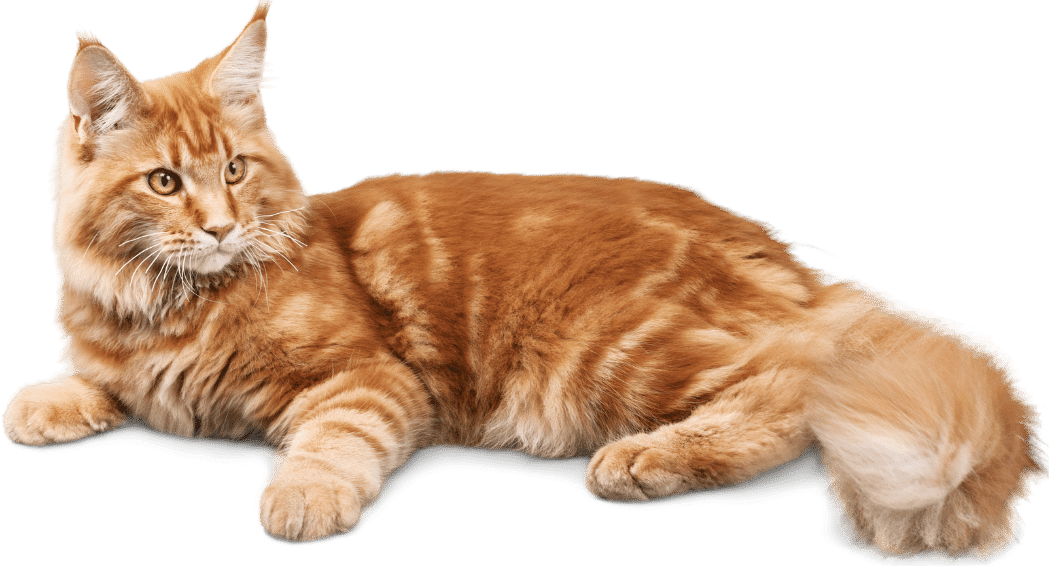Chow Chow Dog Breed: Origins, Characteristics, and Tips for Care
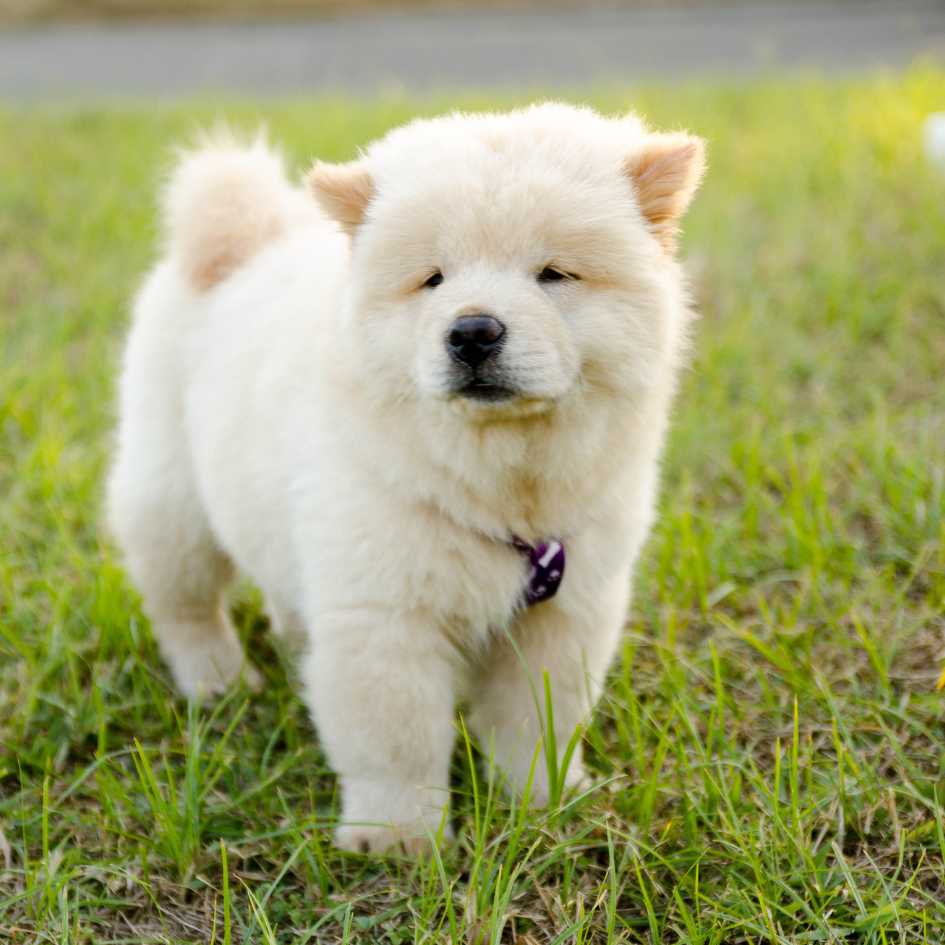
The Chow Chow is an ancient and fascinating dog breed, known for its regal appearance, lion-like mane, and dignified temperament. A blend of independence and loyalty, this breed has captured the hearts of dog lovers worldwide. In this guide, we explore the origins, physical traits, personality, and care tips for the majestic Chow Chow.
Origins of the Chow Chow
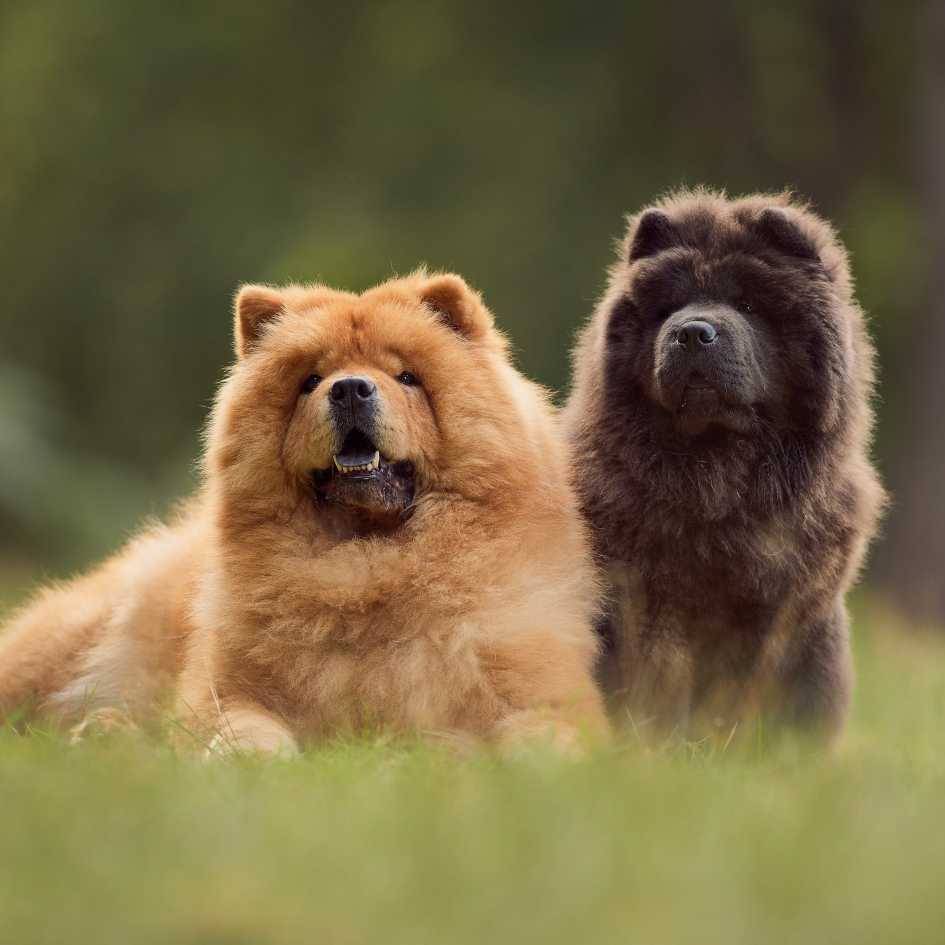
The Chow Chow has a storied history that dates back thousands of years, making it one of the oldest known dog breeds.
- Originating in China, the Chow Chow is believed to have been a companion to royalty and nobility during ancient times.
- Historical evidence suggests they date back over 2,000 years, with connections to the Han Dynasty (206 BC – 220 AD).
- Initially bred as working dogs, they were used for hunting, guarding, pulling carts, and even as a food source in some regions of ancient China.
- Artifacts and paintings from the Tang Dynasty depict Chow Chows, highlighting their cultural significance.
- The breed was introduced to the Western world in the late 18th century by British merchants.
- Today, Chow Chows are cherished worldwide for their unique appearance and loyal nature.
Physical Characteristics of Chow Chows
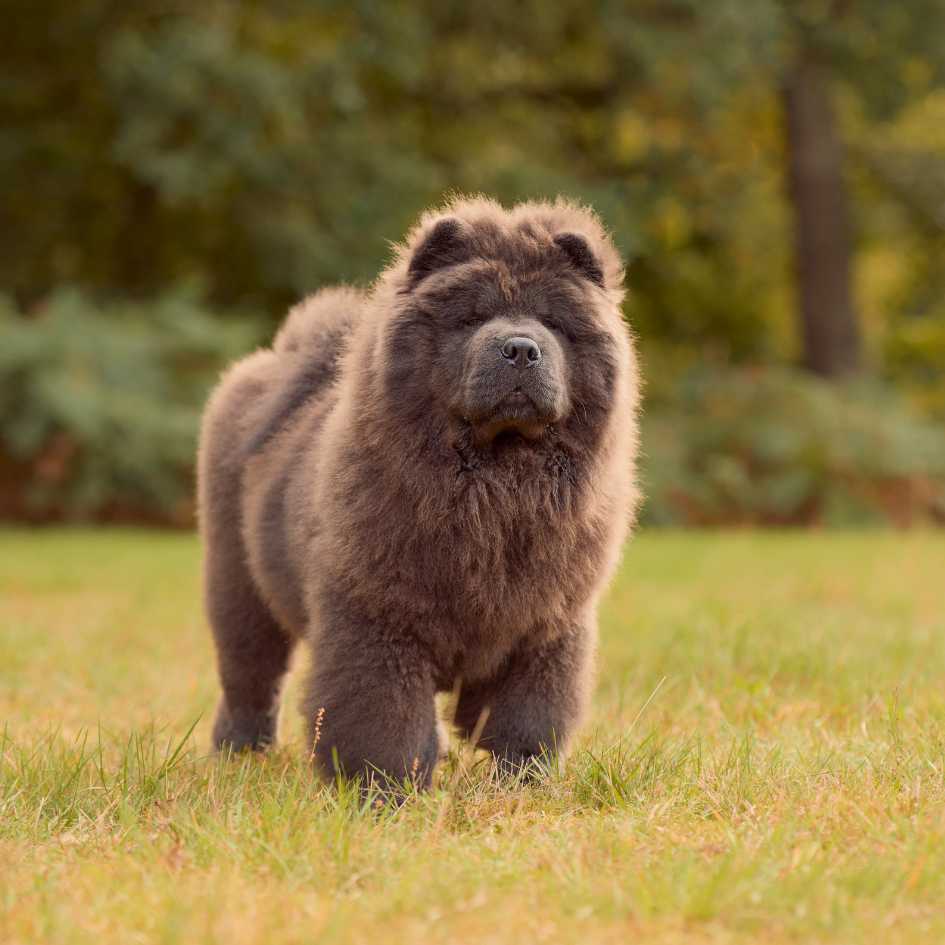
Chow Chows are easily recognizable due to their striking features and iconic build.
- Height: 17-20 inches at the shoulder.
- Weight: Typically between 20-30 kg.
- Build: Sturdy and compact with a square frame.
- Double Coat: A dense undercoat and a rough or smooth outer coat.
- Colors: Common shades include red, black, blue, cinnamon, and cream.
- Lion-Like Mane: The fluffy fur around their neck gives them a regal, lion-like appearance.
- Distinctive Tongue: Chow Chows are known for their unique blue-black tongue.
- Eyes: Almond-shaped eyes that convey a sense of calm and dignity.
Personality and Temperament
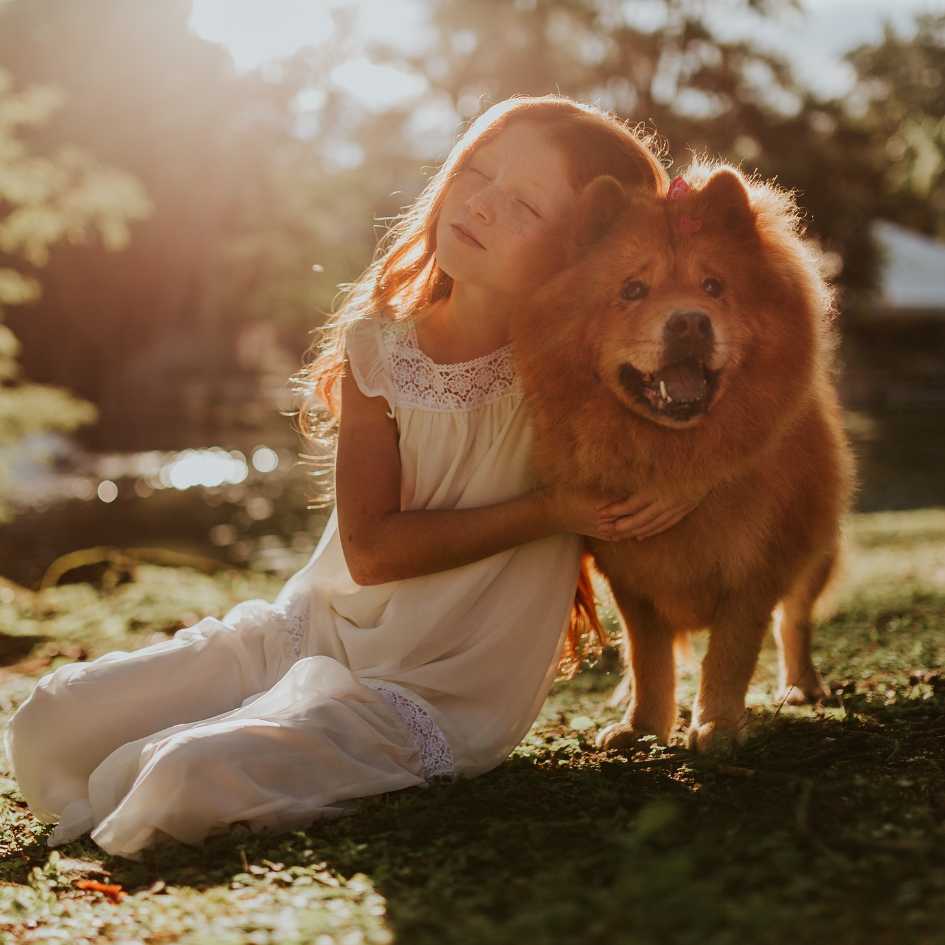
Chow Chows have a unique temperament that combines independence, loyalty, and aloofness.
- They have a reserved and independent nature, often described as cat-like.
- While affectionate with their family, they can be aloof with strangers.
- Extremely loyal to their families, Chow Chows form strong bonds with their owners.
- Their natural guarding instincts make them excellent watchdogs.
- Early socialization is crucial to ensure they’re well-behaved around strangers and other animals.
Caring for a Chow Chow
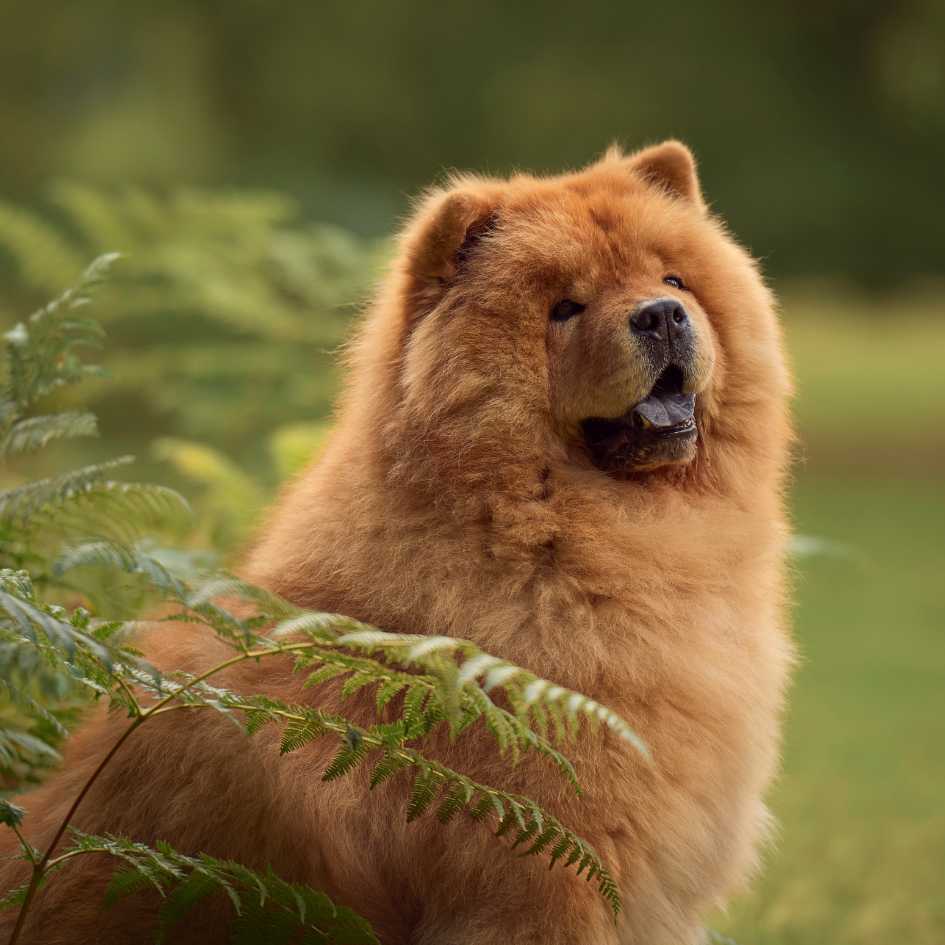
Proper care is essential to keep your Chow Chow healthy, happy, and well-adjusted.
- High-Quality Food: Provide a balanced diet with high-quality proteins and essential nutrients.
- Portion Control: Overfeeding can lead to obesity, so monitor their food intake carefully.
- Hydration: Ensure fresh water is always available.
- Moderate Activity: Chow Chows are not highly active dogs but require daily walks and light playtime.
- Mental Stimulation: Puzzle toys and interactive games help keep their minds engaged.
- Coat Care: Regular brushing (at least 2-3 times a week) is necessary to prevent matting and reduce shedding.
- Bathing: Bathe them once a month or as needed to maintain their coat’s cleanliness.
- Dental Hygiene: Brush their teeth regularly to prevent dental issues.
- Nail Trimming: Keep their nails trimmed to avoid overgrowth and discomfort.
- Veterinary Checkups: Regular visits to the vet ensure they stay up to date on vaccinations and health screenings.
- Common Health Issues:
- Hip Dysplasia: A genetic condition affecting their mobility.
- Entropion: An eye condition where the eyelids roll inward.
- Heat Sensitivity: Their thick coat makes them prone to overheating, so avoid strenuous activities in hot weather.
The Cost of Owning a Chow Chow in India
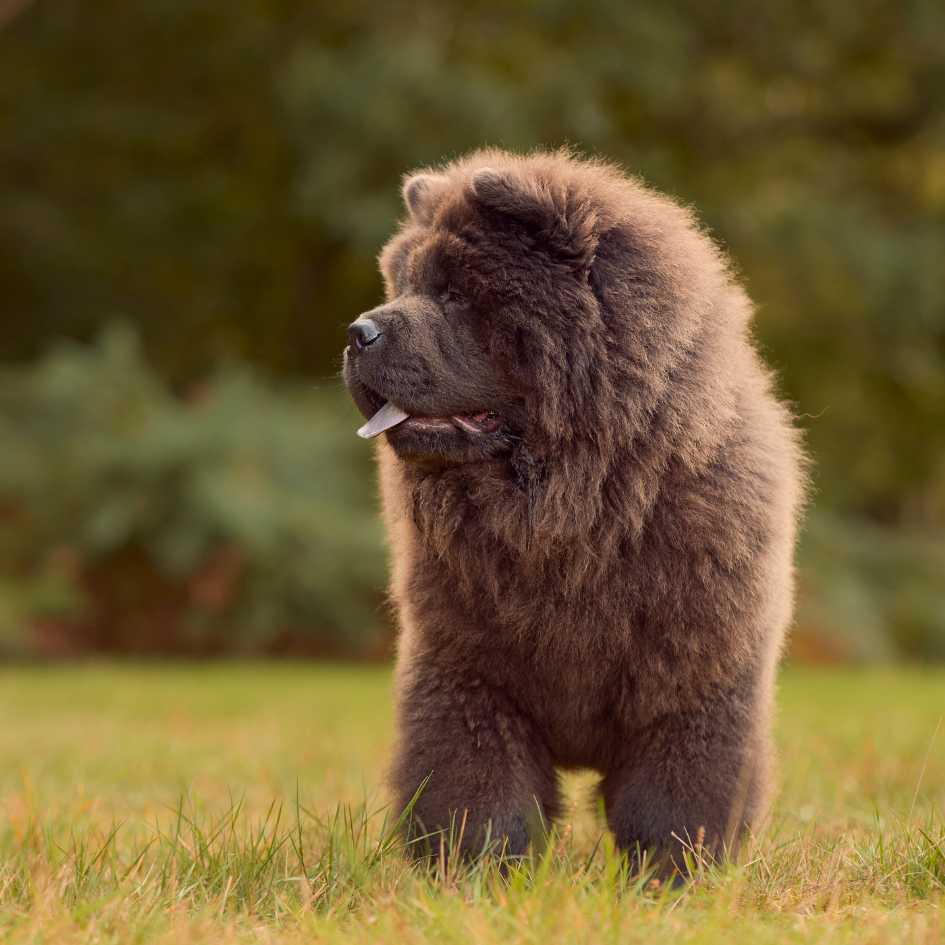
Owning a Chow Chow involves both initial and recurring expenses.
- Range: ₹50,000 – ₹1,50,000, depending on pedigree and breeder reputation.
- Food: ₹2,000 – ₹4,000 for high-quality dog food.
- Grooming and Healthcare: ₹3,000 – ₹6,000 for grooming, vet visits, and other necessities.
Why Chow Chows Make Great Pets
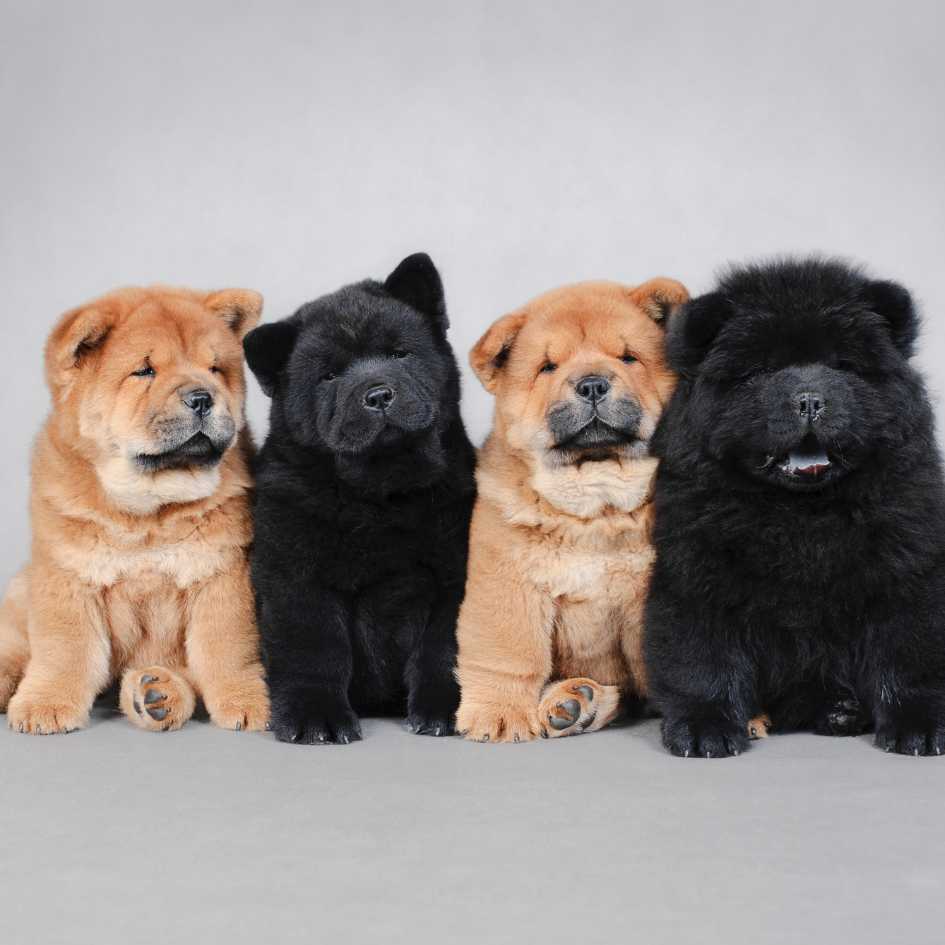
Despite their reserved nature, Chow Chows make excellent pets for the right owners.
- Low Energy: Perfect for families or individuals who prefer a calm companion.
- Loyal and Protective: They are deeply loyal and protective of their families.
- Unique Appearance: Their majestic look makes them stand out among other breeds.
- Due to their independent nature, Chow Chows are best suited for experienced dog owners who understand their needs and temperament.
Conclusion
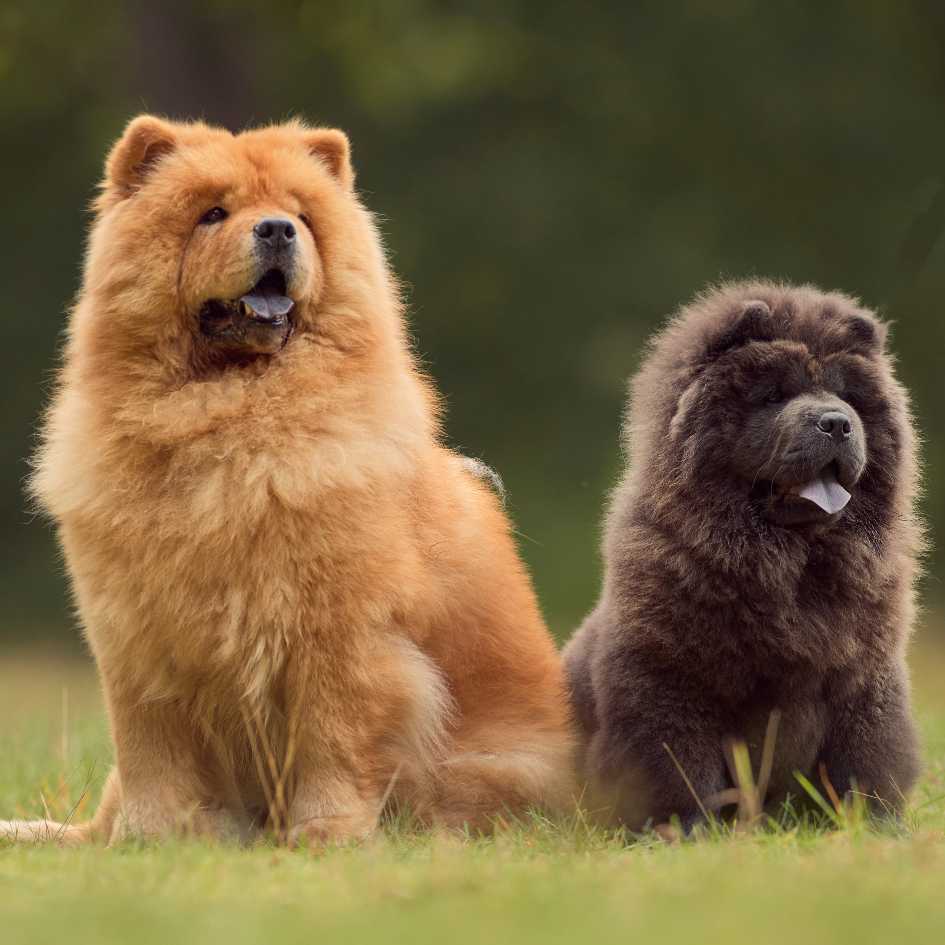
The Chow Chow is a breed steeped in history and charm, offering a unique combination of beauty, independence, and loyalty. While they may require extra effort in grooming and socialization, the rewards of owning a Chow Chow are immeasurable. If you’re seeking a dignified and devoted companion, the Chow Chow might just be the perfect match for you. By understanding their needs and characteristics, you can provide them with a loving home where they can thrive.


